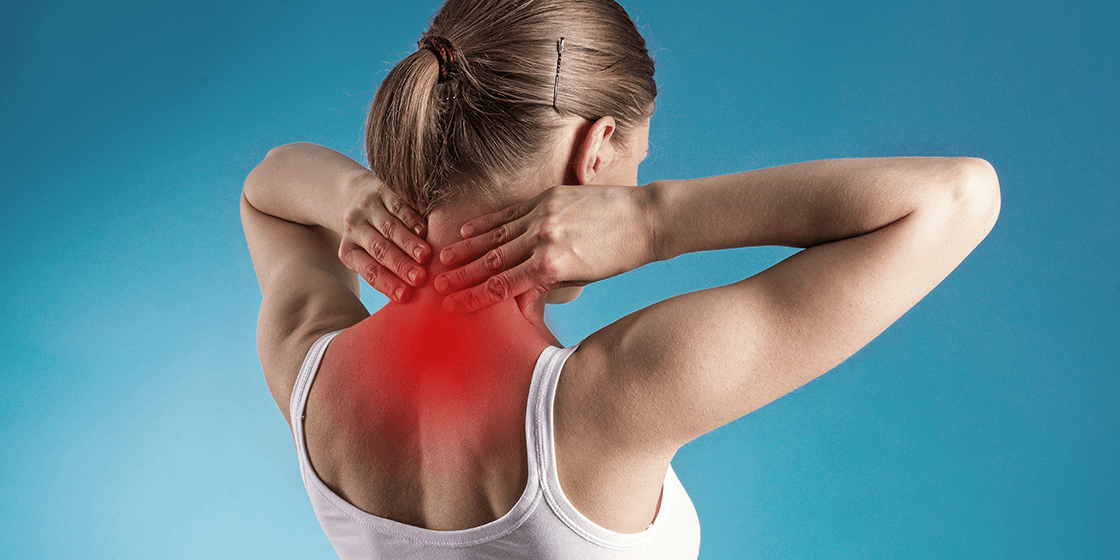A herniated disc happens when the gel-like core of a spinal disc ruptures through a weak spot in the thick outer wall, much like the filling of a jelly doughnut. When the disc material hits or compresses a spinal nerve, it can cause neck or arm discomfort, numbness, or tingling. The first stage toward rehabilitation is rest, pain medicine, spinal injections, and physical therapy. Most people recover after 6 weeks and may resume normal activities. If the symptoms persist, surgery may be advised.
What is Herniated Cervical Disc?
A herniated cervical disc is a medical term that refers to a bulging disc in the neck. A herniated disc in neck develops when the gel-like core of your disc ruptures via a rip in the tough annulus of the disc wall. The gel composition irritates your spinal nerves, similar to a chemical irritation. The pain is produced by spinal nerve irritation and swelling induced by the herniated discs pressure. The herniation shrinks with time, and you may enjoy partial or total pain relief. If your neck and/or arm discomfort is going to go away, it will usually go away in around 6 weeks.
Who is impacted?
Herniated discs are most frequent in adults in their 30s and 40s, while those in their middle and older ages are somewhat more at risk if they engage in intensive physical activity. Only around 8% of herniated discs occur in the neck area.
How is a diagnosis arrived at?
Consult your family doctor as soon as you notice any pain. Your doctor will conduct a thorough medical history to better understand your symptoms, any past injuries or diseases, and to identify whether any lifestyle behaviors are causing the pain. Following that, a physical exam is undertaken to discover the cause of the discomfort and to screen for muscular weakness or numbness.
Back discomfort affects 8 out of every 10 people at some point in their life and normally goes away within 6 weeks. A healthy mental attitude, frequent physical exercise, and a speedy return to work are all critical components of healing. If you are unable to perform your usual work at first, it is in the patient’s best interest to return to some type of modified light or limited employment. Your doctor can provide prescriptions for such activities for a short time.
What Causes a Cervical Disc Herniation?
The cervical spine has six intervertebral discs. Each cervical disc is located between two neighboring vertebrae one above and one below to cushion the vertebral bodies and disperse stresses from the neck and head above. A disc is made up of two fundamental components.
- Annulus fibrosus: This tough outer layer is made up of concentric collagen fibers, which provide the disc enough strength to protect its fragile inner layer. The annulus fibrosus aids in the handling of large loads and the absorption of shocks in the spine.
- The pulposus nucleus: This gel-like core is made up of a loose network of fibers floating in mucoprotein gel and shielded by the annulus fibrosus. The nucleus pulposus gives additional support.


